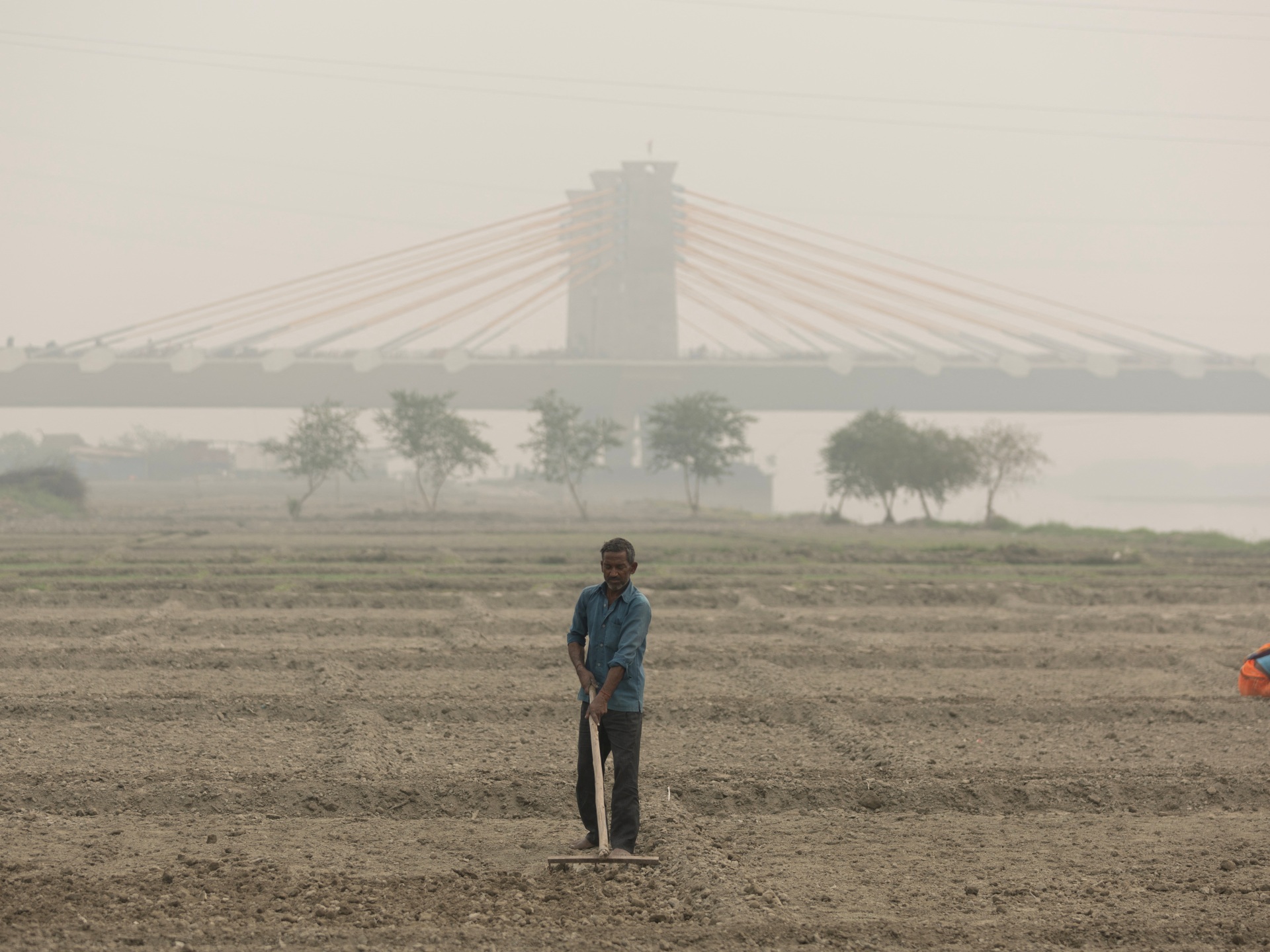A smokey brown haze blankets India’s northern plains and the national capital, New Delhi, every year as winter sets in, affecting the health of millions of people, but the authorities have found few solutions to the pollution crisis and are literally unable to clear the air.
In recent days, the Air Quality Index (AQI) in the capital of 20 million people, where few use air purifiers or wear masks to protect themselves, has risen above 350 on a scale of 500, near “very poor” levels, according to SAFAR, the federal environment monitoring agency.
The AQI measures the concentration of poisonous particulate matter PM2.5 in a cubic metre of air. Anything above 60 is considered unhealthy. PM2.5 particles can go deep into the lungs, causing deadly diseases including cancer and cardiac problems.
The rainy season usually ends in September and come October, the air quality starts deteriorating as cooler temperatures and a drop in the wind trap pollutants in the atmosphere for longer.
The pollution gets worse in November, exacerbated by the burning of crop stubble in the states of Punjab and Haryana, part of the farm belt that borders New Delhi.
Farmers in the bread-basket states have adopted mechanised farming and are increasingly using harvesters for their rice crops. But unlike with manual harvesting, the machines leave stubble and paddy straw in the fields, which are removed by burning to clear space for them to sow wheat.
New Delhi generates much of its own pollution and the situation deteriorates in December, even when the stubble burning is largely over.
The capital’s nearly 10 million vehicles, more than that of the other three major cities of Mumbai, Chennai and Kolkata combined, churn out exhaust fumes, while industrial emissions, dust from construction sites and smoke from household fires add to the murky mix.
The rapidly expanding city is losing the few patches of oxygen-producing forest it had around it and illegal miners are grinding down a range of nearby hills to feed the construction industry with gravel, and removing a natural barrier to dust from the Thar Desert in the northwestern part of the subcontinent.
When the smog becomes unbearable, the authorities ban construction work and close schools to protect children, but they acknowledge they just don’t have the resources to clamp down effectively on illegal industries and to enforce emission rules.
The Supreme Court has rebuked officials for their failure to effectively tackle the pollution crisis and has asked the government of Delhi, its neighbouring states and federal authorities to work together to improve it.
Prime Minister Narendra Modi’s Bharatiya Janata Party does not govern Delhi – it is run by the opposition Aam Aadmi Party – and there’s little cooperation between them.
It is nature that brings some improvement with warmer weather ending the atmospheric conditions that trap the smog before the return of the rains in around June.



